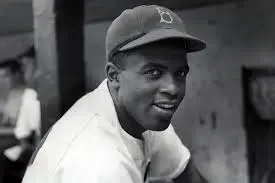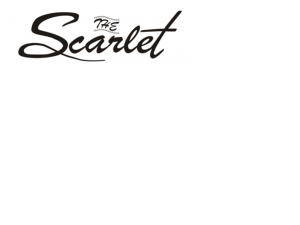In 1994, The Cranberries released the now-forever-known hit “Zombie” as an anthem directed towards the irregular war based on the disagreements of Northern Ireland being a constituent country of the United Kingdom.
The conflict lasting from 1960 to 1998 named “The Troubles” was the cause of the tragedy that inspired this song.
The Irish Republican Army was founded in 1919 in the hopes of the British government giving up its claim in Northern Ireland through using armed forces. The IRA acted independently of any official political government and was classified as a terrorist organization in 1931 due to its violent push for an Irish free state. The IRA was not the only paramilitary that played a part in the violence, but they are now credited with making the most impact.
In their article regarding the IRA, the Encyclopædia Britannica published, “In 1973 they expanded their attacks to create terror in mainland Britain and eventually even in continental Europe. It was estimated that, between 1969 and 1994, the IRA killed about 1,800 people, including approximately 600 civilians.” The recognized inhumane violence originated from their tactics of using guerrilla warfare to perform bombings, assassinations, and ambushes on their enemies.
Although it was not a religious conflict, religion played a broad role in the disagreements regarding Northern Ireland. The unionists who wanted Northern Ireland to remain a part of the United Kingdom tended to be Protestants while nationalists who wanted a united Ireland were usually Catholics.
On March 20, 1994, the Irish Republican Army planted two bombs at two different litter bins in Warrington, Cheshire, England. The IRA informed the Liverpool Samaritans and the Merseyside Police of the bomb with the purpose of pressuring the UK to withdraw from Northern Ireland. Thirty minutes after the call, the bombs exploded killing three-year-old Johnathan Ball at the scene and twelve-year-old Tim Parry five days later after the large amounts of shrapnel caused Parry to lose most of his brain activity.
The frontwoman of The Cranberries Dolores O’Riordan, who unfortunately passed in 2018 at the age of 46, wrote the lyrics later after hearing the news of the tragedy. Her mourning of the two young boys was the cause of the angering emotion that she developed into the strong rock, grunge sound that the band usually did not go for in their music.
O’Riordan received harsh criticism due to the lyrics leading people to believe she was taking a political side. Yet, she stated, “I don’t care whether it’s Protestant or Catholic, I care about the fact that innocent people are being harmed. That’s what provoked me to write the song. It doesn’t name terrorist groups or organizations; it doesn’t take sides; it’s a very human song.”
The first verse, “Another head hangs lowly / Child is slowly taken,” is a direct reference to the Warrington bombings when the two young boys died due to the explosions. From the start, it introduces the purpose of the song as a cry for help against how the violence affected all communities regardless of their political stances.
A line from the pre-chorus states, “With their tanks and their bombs and their bombs and their guns,” continues their stance on how the violence was unnecessary and should have not been an element of their fight for a free Irish state.
Then the chorus sings, “In your head, in your head / Zombie, zombie, zombie-ie-ie / What’s in your head, in your head? / Zombie, zombie, zombie-ie-ie-ie, oh,” as a continuation of the track’s title. Zombie is likely a metaphor for the conflict that never seemed to die despite the large number of people who were killed throughout the decades. It is also a reference to the archetype of a zombie, a mindless killing machine that only has the motive of inflicting pain and disregards emotion or morals.
The music video, which was also released in 1994, goes along perfectly by transforming the strong messages heard throughout the song into a visual that evokes empathy by showcasing a diverse collection of emotions. The video starts out by showing multiple young boys exploring a destroyed town while play-fighting with swords and contrasts it to a man in the military surveying the area with an armed weapon, an illustration of how childhood innocence is capable of withstanding violence.
O’Riordan then appears dressed as a golden and glittery religious figure with silver-painted children sitting around her at a large cross, a symbol of how religion was a large factor in both the beginning and the continuation of the violence against citizens. As well, they show many clips of the town in black and white in order to express the theme of the lack of humanity.
The song does not take a political side but instead is a strong anti-terrorism sentiment that mourns the loss of the thousands of people who died and or were injured because of the conflict. O’Riordan stated at a performance in January of 1994, “This song is our cry against the violence in London, against the war in the north of Ireland. And we want it to stop.”
The Troubles officially reached a conclusion in 1998 through The Good Friday Agreement that stated Northern Ireland would remain a part of the United Kingdom but would work in cooperation with the Irish government to work out issues peacefully before employing warfare.
On March 20, 2023, the world honored the thirty-year anniversary of the loss of the two little boys who were robbed of their chance to grow into adulthood and experience the world on their own. Even though the violence concluded about twenty-six years ago, this time in history exemplifies how there is always a bigger, more complex picture that political groups need to consider before resorting to violence.






















